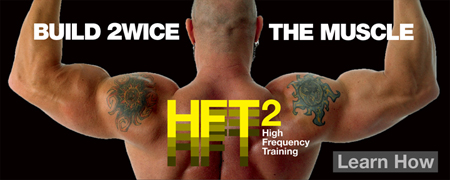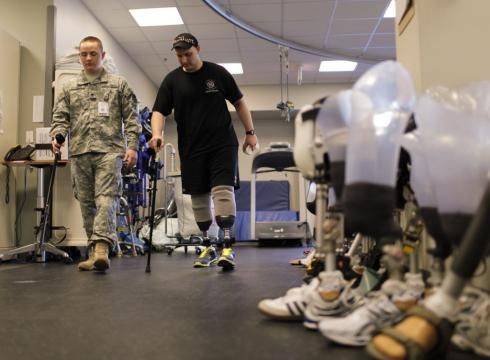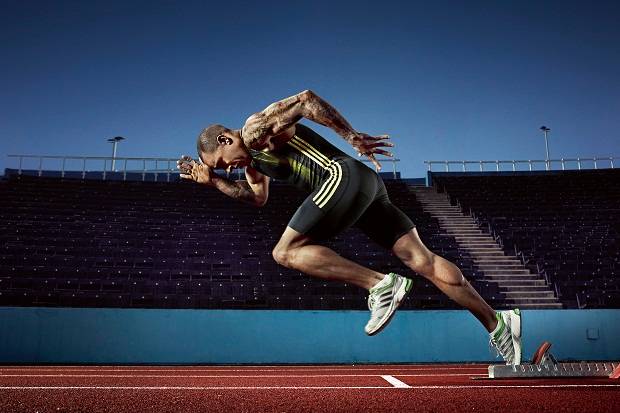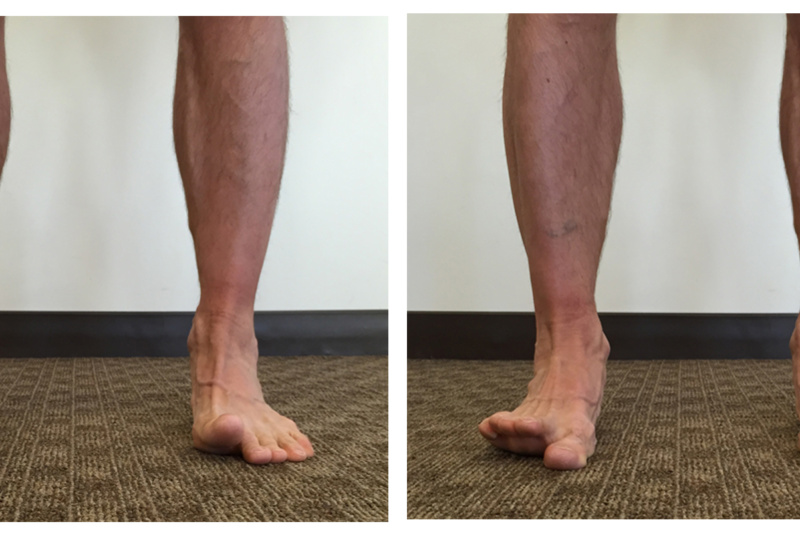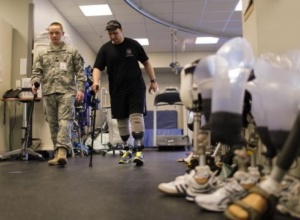 The title of this post was intended to be provocative. However, I wasn’t in the hospital as a patient – I was there to learn how to treat patients with a vast array of orthopedic and neurological dysfunctions.
The title of this post was intended to be provocative. However, I wasn’t in the hospital as a patient – I was there to learn how to treat patients with a vast array of orthopedic and neurological dysfunctions.
As part of my Doctor of Physical Therapy (DPT) training at the University of Southern California, I’m required to perform clinical rotations to develop my skill set. This summer I was assigned a clinical experience at a hospital in downtown Los Angeles that caters to trauma victims. It was, without a doubt, one of the most rewarding experiences of my career. So I wanted to share what I’ve learned, and encourage any upcoming trainers or therapists to delve into that world.
One of the many reasons I went back to school to pursue a DPT degree hinged on the fact that, as a performance specialist, I figured out that I needed to improve my knowledge base beyond what my typical clients could teach me.
You can’t learn enough about the human body, and the physiological processes involved in developing performance, if you work with nothing but high-functioning clients. Yes, that mantra sounds ironic on the surface, but limiting your training base to athletes will also impair your ability to understand how the human body adapts to various stimuli and stressors.
I can say this because I had the perfect contrast in place. For eight hours each day this past summer, I was working at a hospital with people that were often straight out of a coma, or were recovering from a horrific car or motorcycle accident, or were victims of a violent attack. In the evenings I would work with the highest-level athletes you can imagine, such as John Wall, the NBA all-star guard from the Washington Wizards.

On the surface, there seems to be no carryover between the two. But there certainly was.
For example, the verbal cues I used to improve glute max activation to get a guy to stand up after a coma were the same cues I found most effective for professional athletes. Furthermore, when you can see a guy’s nervous system come back to life after a coma, it helps you better understand how the neural and physiological adaptations occur in the human body.
One of the reasons why people – regardless of what end of the performance spectrum they sit – have a difficult time feeling their glutes activate is because the brain devotes very little real estate to that action. Therefore, if you figure out a way to get a guy that’s straight out of a coma to kick on his glutes, just imagine how beneficial those coaching tips will be to a person that isn’t severely limited. This carryover works for any muscle group or movement.
My point of this post is to encourage all the personal trainers and performance specialists out there to spend some time at the lowest end of the functioning spectrum. Spend a few hours each week volunteering at your local hospital’s physical therapy department. I guarantee that what you will learn, and see, will turn you into a much more proficient coach.
There are 3 steps involved in this process.
Step #1: Get your CPR certification up to date.
To volunteer at any hospital you must be CPR certified. Visit the American Heart Association’s (AHA) website to find out how you can get the most advanced certification your current level of education allows. You can find that out at this AHA link. Or if you’re really serious about improving your knowledge base, find an EMT program at your local college.
Step #2: Contact a Center Coordinator of Clinical Education (CCCE)
The role of a CCCE is to help physical therapy students find clinical rotations. However, you don’t need to be a PT student to benefit from his/her job. Call your local hospital that has a solid physical therapy department in place, and ask to speak with their CCCE. The CCCE will provide you with the information required to help you volunteer at the hospital.
Step #3: Embrace what you learn.
Even though I’m a trainer for high-level athletes, I found my experience working at hospitals with low-level Joes and Janes to be the most beneficial way to improve my coaching. Helping those patients will not only give you an enormous sense of satisfaction, but it will also help you improve your coaching techniques with clients at any end of the performance spectrum.
Stay Focused,
CW
